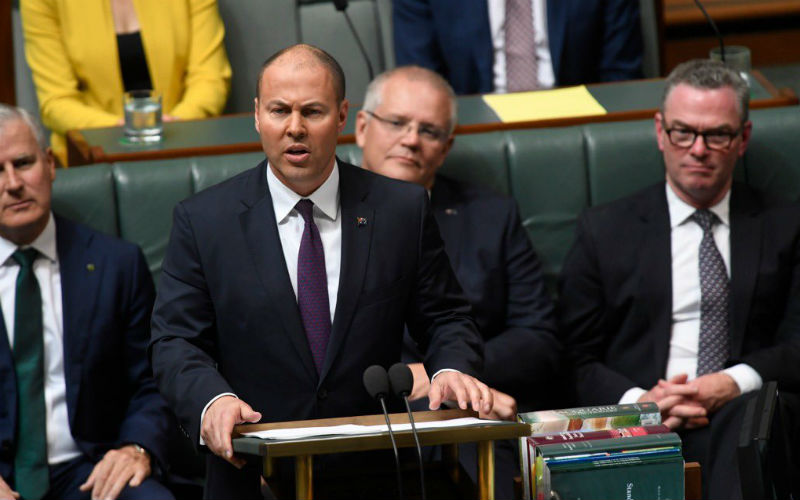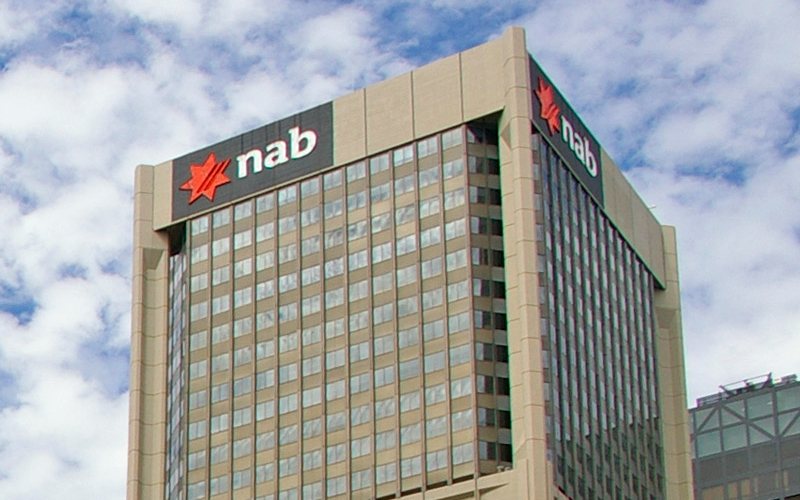The Australian Competition and Consumer Commission (ACCC) will examine how banks make pricing decisions, particularly with regards to the banks not passing on the Reserve Bank’s cash rate cuts in full.
There have been three interest rate cuts so far this year – one each in June, July and October – totalling 75 basis points (0.75% p.a.), but most banks have failed to cut their variable home loan products by this amount.
The inquiry will place a particular emphasis on the big four banks, which have passed on an average of 57 basis points in owner-occupied home loan rate cuts.
| June rate cut (bps) | July rate cut (bps) | October rate cut (bps) | Total | |
| ANZ | -18 | -25 | -14 | -57 |
| CBA | -25 | -19 | -13 | -57 |
| NAB | -25 | -19 | -15 | -59 |
| Westpac | -20 | -20 | -15 | -55 |
These rate cuts are for the banks’ owner-occupied, principal and interest variable loans only. Some loans were cut by more.
According to the Treasurer, this difference has seen the big four-pocket $569 million in extra revenue between them.
Prior to the first-rate cut in June, both the Treasurer and RBA governor Philip Lowe requested the big four banks pass the rate cut on in full, but as the table above shows, this request was not heeded.
“The failure of the banks to fully pass on the recent rate cuts to their customers when their cost of funds have come down significantly, leaves them exposed to the charge that they are putting their profits before their customers,” Mr Frydenberg said.
“This is not a good outcome for either their customers or the economy as a whole, and comes just months after the royal commission shone a bright light on misconduct in the banking sector.
“With this new inquiry, the government is providing the banks with an opportunity to transparently account for their decision-making and how they balance the needs of borrowers, savers, shareholders and the wider community.”
Mr Frydenberg also said the lack of a full 75 basis point cut could cost a customer with a $400,000 mortgage more than $500 a year in extra repayments.
“Clearly there’s a structural challenge here, there’s a pattern of behaviour and the Australian people are fed up,” he told Channel 9.
The Aust people are sick of the merry dance where the RBA reduces the cash rate, political leaders & the RBA call on the banks to pass them on in full & that advice is ignored. This ACCC inquiry will give us a better explanation as to why the banks aren’t passing on these cuts. pic.twitter.com/SEZL42RAnW
— Josh Frydenberg (@JoshFrydenberg) October 13, 2019
According to a Treasury media release, the inquiry will look to make the pricing practices of Australia’s financial institutions better understood by:
- Investigating the prices charged for residential mortgages across the entire market, including smaller banks and non-bank lenders,
- Considering how banks make pricing decisions,
- Examining differences in the prices paid by new and existing customers,
- Examining differences between the reference interest rates published by suppliers and the interest rates paid by customers, and
- Investigating barriers that may prevent consumers from switching lenders.
ACCC Chair Rod Sims said the regulator was looking forward to examining how banks make these decisions.
“Having consumers and the community understand how pricing decisions are made, why, and with what consequences is important for a well-functioning market,” Mr Sims said.
“We will be important to understand and examine the different factors that financial institutions take into account when setting their prices.”
The ACCC is expected to produce a preliminary report by the end of March 2020, with a final report due 30 September 2020, and has been provided with $13.2 million in funding.
“Nobody trusts the Liberals on banks”
Shadow Treasurer Jim Chalmers said the Labor party supports the inquiry in principle but was quite critical of the Liberal Party’s past responses to the banks and their supposed gouging of customers.
“Little more than a week ago when Labor called for a bigger role for the ACCC in banking competition, the Government said that would be a distraction so we know that Scott Morrison and Josh Frydenberg’s hearts are not really in this,” Mr Chalmers said.
“With record household debt and stagnant wages under the Liberals, it is clear why families are frustrated at the banks for not passing through interest rate cuts.”
“Australians need the banking system to be more competitive so that people can get better deals with other banks and financial institutions if they want to shop around.”
He also said nobody trusts the Liberal party when it comes to the banks.
“The Government has been sitting on a Productivity Commission report on banking competition failure for over 12 months and has done nothing,” he said.
“Scott Morrison and Josh Frydenberg resisted the Banking Royal Commission for two years and voted against it 26 times – now they’re dragging their feet on competition and on implementing the Royal Commission’s recommendations.”
Big four not the only banks to avoid a full cut
Much of Mr Frydenberg’s criticism has been on the big banks as they account for a vast majority of the mortgage market.
But the inquiry will also focus on smaller lenders and non-banks, many of whom have also failed to pass on a full 25 basis point rate cut in at least one of the three months so far.
Savings.com.au’s October rate cut tracker shows at least three lenders passed on the full 25 basis points in June, July and October:
The most recent cash rate cut in October has seen many lenders cut variable home loan rates by as little as 10 basis points, with plenty of others cutting by around 15-20 as well, not just the big banks.
ING, for example, cut home loan rates by 15 basis points in October, taking its total cuts for borrowers since June to 60 basis points. Meanwhile, it has cut rates on its savings accounts by up to 85 basis points since the June cash rate cut.
Commonwealth Bank said in its rate cut statement for October it wasn’t passing on the full home loan rate cut since it couldn’t do the same to its savings accounts.
“As the Reserve Bank cash rate has reached record lows, we face a difficult balancing act between the multiple, valid interests of our stakeholders,” A Commbank spokesperson said.
“It is currently not feasible to pass on the full rate reduction to more than $160 billion of our deposits which are at, or near, zero rates.”
A 25 basis point reduction in the cash rate doesn’t automatically mean banks’ expenses also get a 25 point reduction, as their cost of capital (aka the cost of sourcing money) is determined by a wide range of factors outside of the RBA as well, such as international bond markets or deposit availability for consumers and businesses.
Cutting the rates of interest paid to savings account and term deposit customers typically helps banks to afford to reduce the rates of interest charged to home loan customers, but as deposit rates approach 0% p.a, this becomes harder for banks to do.
Two major bank bosses- ANZ’s CEO Shayne Elliott and NAB Chief Customer Office Mike Baird – have welcomed the opportunity to explain this during the inquiry.
Shayne Elliot
“There is cynicism in the broader community about interest rates for home loans. We know we have not done a good job in explaining our position and we will be working hard to ensure this process delivers results.”
Mike Baird.
“This is an important opportunity to discuss the challenges of an increasingly low interest rate environment and engage in a broader discussion about how we support all our customers – both depositors and borrowers.”

Ready, Set, Buy!
Learn everything you need to know about buying property – from choosing the right property and home loan, to the purchasing process, tips to save money and more!
With bonus Q&A sheet and Crossword!



 Bea Garcia
Bea Garcia
 Denise Raward
Denise Raward
 Harry O'Sullivan
Harry O'Sullivan
 Rachel Horan
Rachel Horan
 Harrison Astbury
Harrison Astbury

